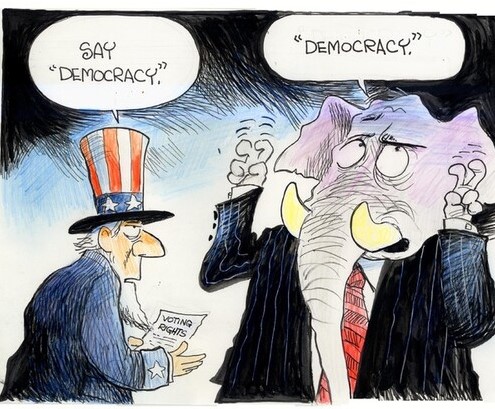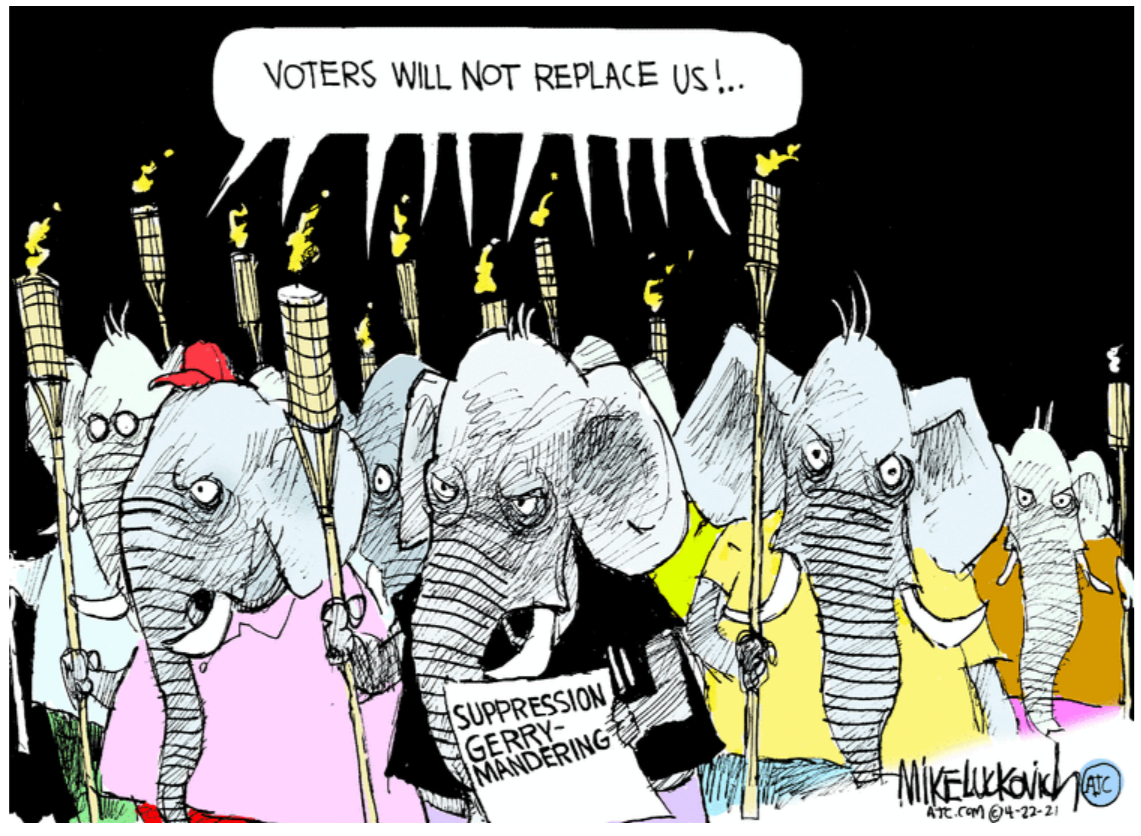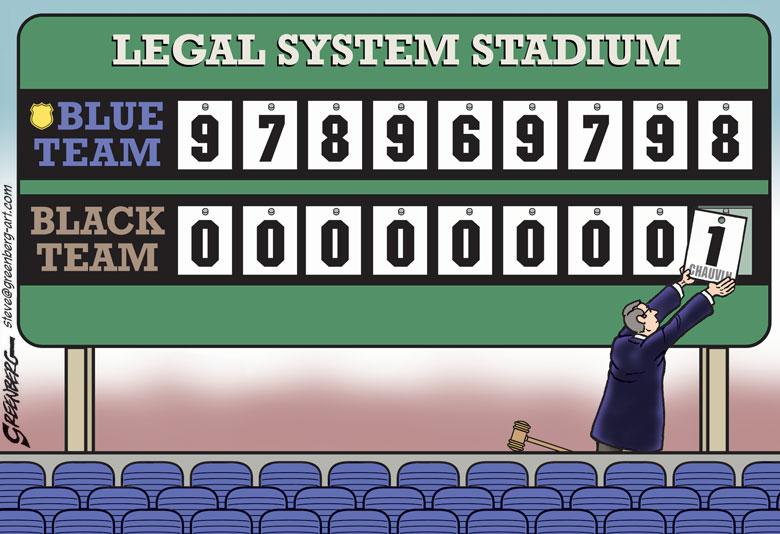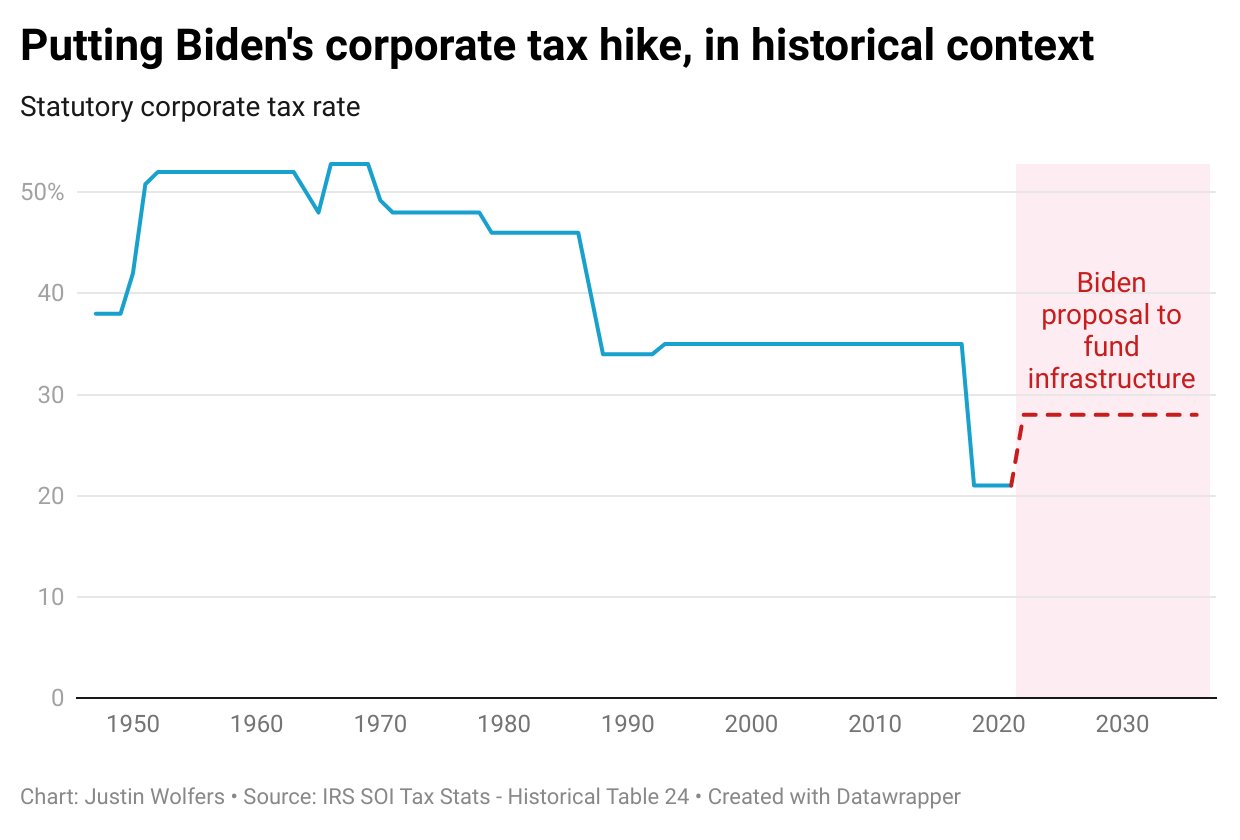Long-time blog reader Terry McK. commented about yesterday’s column on infrastructure:
“If we look at the collapse in Florida, there is a simple lesson about infrastructure. A report has just emerged that shows that the building had many compromises – but presumably, the costs of rehabbing the structure were prohibitive. We have deferred maintenance costs for so long across the US and one can see the results in bridges and tunnels across the US. So, what is needed is more money, not the shell game of making something look like it won’t cost more money.
But real money means taxes.”
Terry’s right, the Florida condo is a metaphor for the failure of our legislators to legislate. Here’s a view of the horrific damage:

Photo via AP
A 2018 engineer’s report cited by the NYT found major structural damage to the concrete slab below the pool deck and “abundant cracking and crumbling” of the columns, beams and walls of the parking garage. And two and a half years later, before a repair project was scheduled to begin, the building pancaked without warning.
The city released that report saying the damage was caused perhaps by years of exposure to salt air and water intrusion: (brackets by Wrongo)
“Though some of this damage is minor, most of the concrete deterioration needs to be repaired in a timely fashion…[in order to maintain]…the structural integrity” [of the building]”.
Prior repairs to cracks were failing. Concrete on many balconies were also deteriorating. This building isn’t a public property. Responsibility for its maintenance is on the shoulders of the owners, the condo association, which will probably declare bankruptcy and move on.
But the collapse is an object lesson for our DC pols. First, it reminds us that our public infrastructure is deteriorating and in need of replacement. Second, Republicans who lecture us about personal responsibility and that there is no free lunch, nonetheless are always fighting to cut taxes and limit funding for maintaining our infrastructure.
They would also support the right of the condo ownership to declare bankruptcy.
Third, it shows how important it is not to turn over public goods to public/private partnerships to build, own and manage, and then expect them to stay safe and intact. The economic incentives for private parties maintaining public goods will be all wrong. On to cartoons.
Washington’s unvirtuous circle:

It’s clear who’s truly against America:

Derek goes away:





















